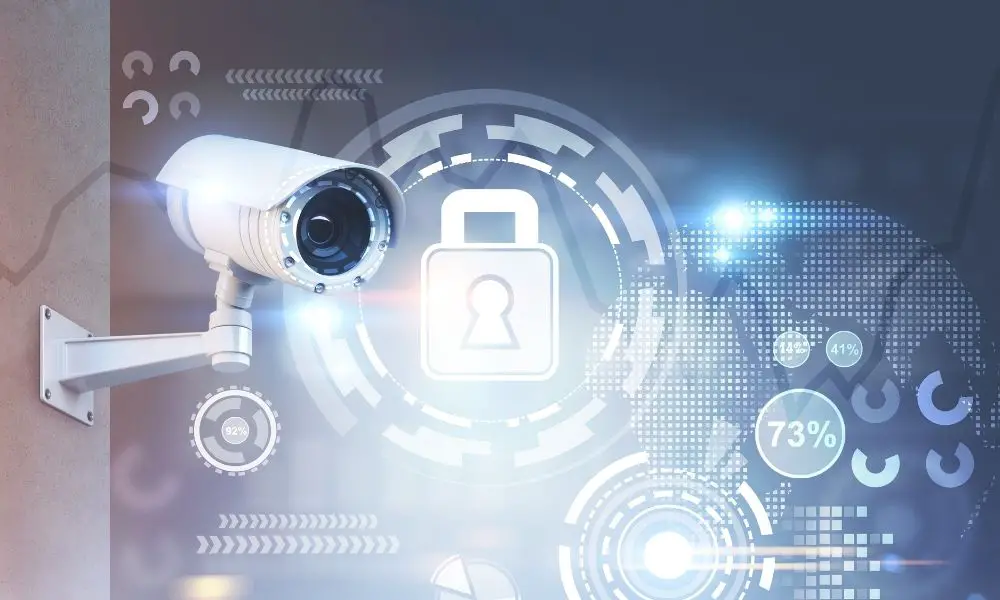Whether you manage an industrial facility, you’re the foreman at a construction site, or you are just getting started with a small business, safety and security are the priorities. Employees fully expect to leave work each day in the same condition they arrived, and it is up to management and company ownership to ensure that this is the case with smart policies and a culture of safety.
Encouraging safety is not only good for the health of your employees, but by being proactive in this regard, you could also see higher production and efficiency out of our staff in the process. Let’s talk about how to set your company up for success and keep your workforce safe.
3 Effective Ways to Ensure Safety and Security of Your Employees:
1. Understanding Safety
It is an unfortunate truth in this world that many workers believe that the company they work for does not have their best interests at heart and that their managers see them as expendable. That’s why your organization needs to buck this trend and show a general concern for the people who help your company succeed day after day. Statistics show that employees who work in a culture of safety can be 24% more productive than their unsafe counterparts.
You should know that there are some major reasons why this is the case. For one, when employees don’t have to worry about health risks, they can focus more on the job at hand and the work will turn out better because of it. Also, when your workforce knows for a fact that their company is watching out for them, they feel more pride when they walk in those doors and they will realize that they aren’t just cogs in the machine and that the company truly appreciates their efforts.
Since health risks can differ based on the type of business, the first thing you need to do to understand the potential dangers is to run a risk assessment. Have an expert come in and review all of your tools, materials, and processes and determine where you can improve to mitigate all potential risks. Run an updated risk assessment whenever a new process or tool is introduced so you are always on top of all potential dangers and you can make the proper safeguards.
Related: Best Malwarebytes Alternatives
2. A Culture of Safety
While placing signage on walls and providing the proper gear is essential, you want to pair those precautions with a culture of safety within your business. Employees need to know that you are not just going through the motions. You can start by having safety meetings every morning where you inform the crew of potential dangers and answer questions.
Management should also announce an open-door policy so employees are encouraged to come forward if they notice a hazard at work or any dangerous behavior perpetrated by a coworker. Too often, people are afraid to come forward for fear of being a tattle-tail, so create an anonymous email box or phone number where employees can call and report a hazard or behavior if they see it.
You can also encourage employees to stay safe by rewarding those who either follow guidelines, find new ways to work safely, or go above and beyond to do their job properly. Rewards don’t have to be over-the-top. A gift card or a free hour of paid time off will do. You could even have a “Safe Worker of the Month” award via a public display that everyone can see. The point is that you want safety to be ingrained in every employee so incidents are at a minimum.
See Also: Best Firewalls for Small Businesses
3. Safety Specifics
Now that everyone has a mutual understanding, it is time to look at the specific safety measures that your particular business needs to implement immediately. For instance, if you work in a factory or warehouse environment, management should encourage good industrial hygiene, which means ensuring that the warehouse is free of airborne contaminants, that all chemicals are properly labeled and stored away, and that injury via mechanical failure or malfunction is minimized.
Other precautions should be put in place regardless of the work being done. All spills should be quickly cleaned and signage should be put in place to warn those in the area until it is cleaned. The premises should also be well-lit during all business hours so potential hazards can be caught instantly and trips and falls can be prevented.
Effective communication devices like a wireless radio headset are essential for security teams in the worksite to manage hazards because they facilitate real-time communication among guards and departments, enabling swift response to emergencies and potential hazards. In high-risk environments or large facilities, communication devices ensure that crucial information is conveyed promptly, allowing for coordinated actions that can prevent accidents and mitigate risks.
Clear and immediate communication also fosters a safer work environment, as employees can relay warnings, share updates, and request assistance without delays, ultimately enhancing overall safety and minimizing potential harm.
Keep in mind that not all hazards are physical. In this day and age, any safety plan must also include precautions relating to cybercrime. Management needs to train employees on the many tactics that hackers use to try to steal corporate data, including sending phishing emails and infiltrating unsecured Wi-Fi networks. Every business is subject to cybercrime, regardless of size, so training in this regard is essential.
See Also:
- LastPass Alternatives | Free and Open-Source
- Best Online Payment Gateways for eCommerce Businesses
- Slack Alternatives (Free Similar Apps)
Conclusion
In the end, a safe and happy employee is a productive employee, so take the precautions listed here and employ other strategies specific to your line of work, and the benefits will speak for themselves.





